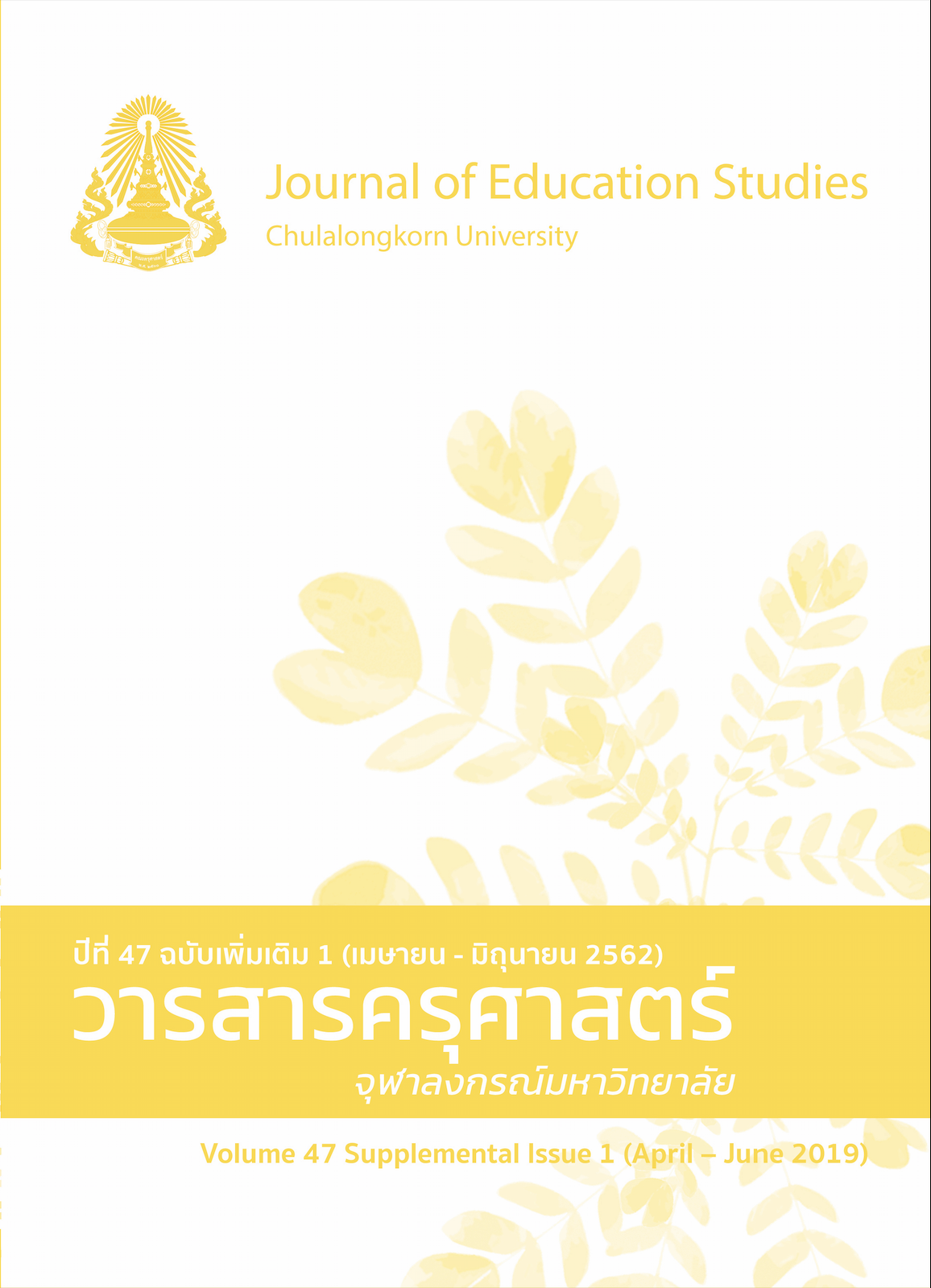การบูรณาการพลังเด็กและเยาวชนกับพลังชุมชนท้องถิ่นในการขับเคลื่อนยุทธศาสตร์ ด้านเด็กและเยาวชน: การวิจัยพหุกรณีศึกษา
Keywords:
INTEGRATION, RESEARCH QUESTION SETTINGS, THAI CHILDREN CHARATERISTICSAbstract
This study aimed to explore patterns of research setting based on aresearch project of integration of children and youth power with a local community capacity in driving a children and youth strategy. Multiple case studies were employed in this qualitative research using the purposive sampling method.Data were collected with anevaluation form of enhancing the integration betweenchildren and youth power, observation, and interviewing. A volunteer sampling interview was the primary means of data collection in the field studies. Target samples included the personnel of a local administrative organization, children and youth development officers and children and youth leaders from a children and youth district council. Qualitative data analysis methods were used in the study.
The research results presented 3 main patterns of question settings by children and youth in 12 communities to obtain community core values which consisted of 1) the utilization of community problem-based approach, 2) the usage of local public concerns, and 3) research question settings from indigenous knowledge. Thefinding suggested that the most prevalent pattern was the utilization of a problem-based approach for research question settings followed by the use of indigenous knowledge and the usage of local public concerns, respectively; nevertheless, all of the patterns should be integrated. The finding contributed to develop the capacity of children andyouth and construct 10 characteristics of Thai children emphasizing inclusive participation betweenchildren and youth and the local community.



